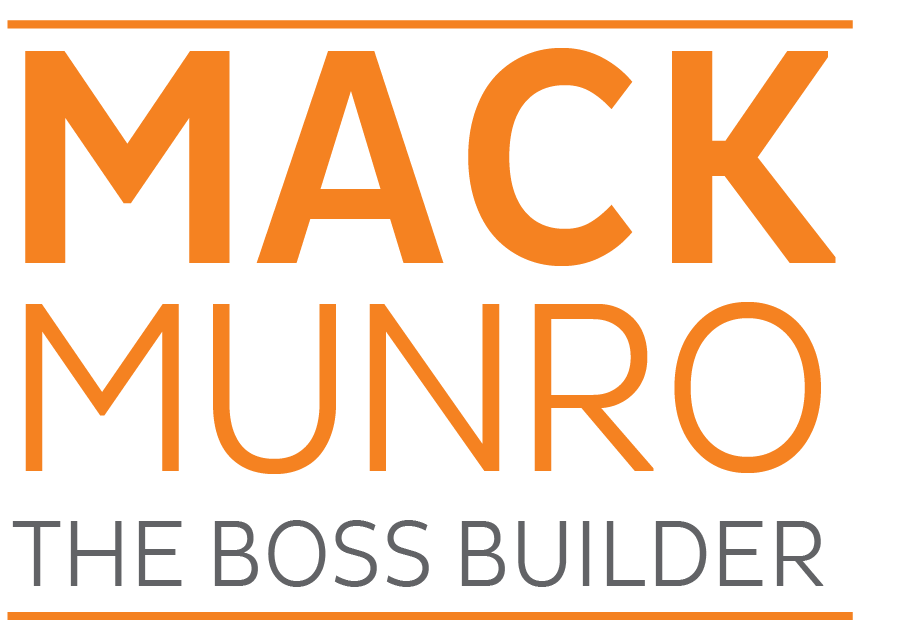 Your syntax was convoluted.
Your syntax was convoluted.
It was November, 1980 and our new high school Bible III teacher, Dr. Bahnsen had just finished delivering a scathing analysis of the first essays we had written in his class, ending with the above critique. What promised to be a fun Junior year at Newport Christian High School went quickly south as our former teacher, an affable guy named Mr. Smyth was fired and replaced by this taskmaster with a PhD in ethics from USC. Bahnsen was brought in to up the ante in academic rigor and he delivered. I had him for two classes and barely passed.
And yet I still had no idea what a syntax was nor what it meant to be convoluted. Bahnsen had lots of knowledge but just couldn’t express it in a way that this 17-year-old could understand. The message was lost in translation.
I recently watched an episode of Shark Tank where these two crazy smart scientists invented a really neat technology that they pitched to the investors. The valuation of the company was at $40 million which extraordinarily high for the show. The inventors tried unsuccessfully to communicate in their language (science) to the Sharks (who speak money) about why this product would change the world and would be worth the valuation (the language of regular people like me.) They did not get an investment. Even after multiple prompts from the Sharks, they couldn’t explain the product in any other language than science.
All of us have a mother tongue. Mine is English. We also have a conversational preference. Some speak science. Others data. I speak story, simple story. If we want to convince others of something, we need to use their language. Since much of our success in business depends on others “buying in,” it’s important to follow some important steps to getting our point across.
- Figure out what you want to communicate. This is key. What are you pitching? Is it a new idea, product, service, or concept? Is it tangible or theoretical? Is it brand new or a variation of the old?
- Figure out who you need to communicate the idea to. Who is the decision-maker? Who are they influenced by?
- Figure out what you want from that audience. Support? Buy-in? Money? Resources?
- Figure out the language of that audience. Do they speak science or emotion? Money or relationship? Pragmatism or enthusiasm?
- Develop your pitch to encompass all the above information using the medium they prefer.
In a perfect world, everyone would speak and understand as we do. They don’t. Dr. Bahnsen probably realized this as our graduating class commenced in 1982 nearly half the size it was at the beginning of our Junior year, with none of us, as far as I could tell, any better at resolving ethical dilemmas or biblical truth than we were before he taught us. The entrepreneurs on that episode of Shark Tank are probably working extra hard now to really quantify their idea in greater scientific detail to convince other investors. It’s not going to work. Unless they find some really rich, PhD-carrying investors.
Our ability to speak the language of others is the only way we can influence. This week, take some time to re-think who you need to influence and look at better ways to communicate. It’s the only way you’ll get your important points across, even if you do manage to unconvolute your syntax…

